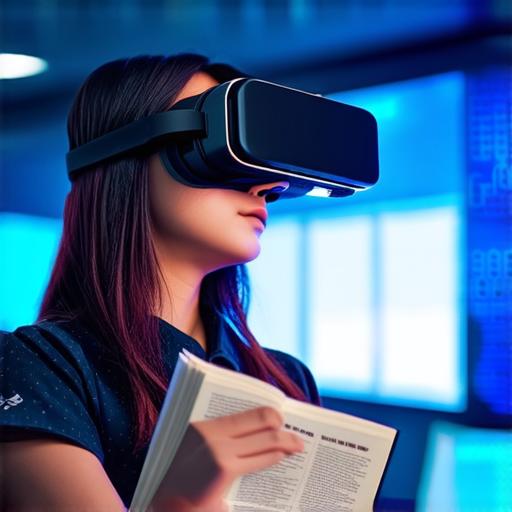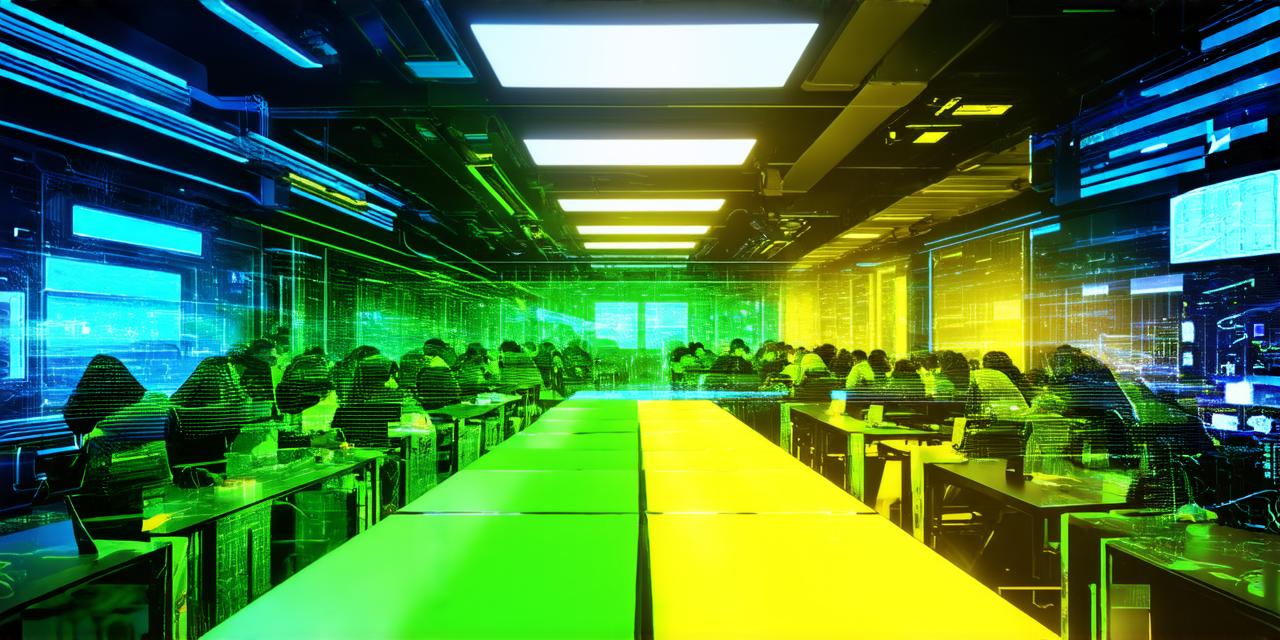Improving Engagement in Learning
One of the biggest challenges faced by educators is keeping students engaged and motivated. With virtual reality, teachers can create immersive and interactive environments that make learning more engaging and fun. For example, instead of reading about historical events, students can virtually experience them as if they were there.
A study by researchers at the University of Maryland found that students who learned with virtual reality had a 45% higher retention rate compared to those who learned using traditional methods.
Enhancing Learning Experiences
Virtual reality can also enhance the learning experience by providing a more interactive and hands-on approach to education. For example, in science class, students can virtually dissect animals or conduct experiments without the risk of injury or harm.
Research has shown that VR can improve spatial reasoning and problem-solving skills, which are essential for success in many fields. A study by the University of Washington found that students who learned with virtual reality had a 30% improvement in their spatial reasoning abilities compared to those who learned using traditional methods.
Personalized Learning Opportunities
Virtual reality can also provide personalized learning opportunities for students. With VR, teachers can create customized learning experiences that cater to each student’s individual needs and learning style. This allows students to progress at their own pace and focus on areas where they need the most help.
A study by researchers at Stanford University found that students who learned with personalized learning had a 20% higher achievement rate compared to those who learned using traditional methods. Additionally, VR can provide instant feedback to teachers, allowing them to adjust their teaching strategies and provide more targeted support to individual students.
Real-Life Examples of Virtual Reality in Education
There are many real-life examples of virtual reality being used in education. One such example is the use of VR in language learning. With virtual reality, students can practice speaking and listening skills in a safe and immersive environment.
Another example is the use of VR in history class. With virtual reality, students can virtually walk through historical sites such as ancient Egypt or medieval Europe. This provides a more engaging and memorable learning experience than traditional methods such as reading textbooks or watching videos.
The Future of Virtual Reality in Education
Virtual reality is still a relatively new technology, but it has already shown great potential in enhancing education. As the technology continues to evolve, we can expect to see even more innovative uses of VR in education. For example, virtual reality could be used to create simulations for medical students or provide virtual field trips for geography classes.
FAQs

What is virtual reality?
Virtual reality is a technology that allows us to experience and interact with a computer-generated environment as if we were really there.
How does virtual reality enhance education?
Virtual reality can improve engagement, enhance learning experiences, and provide personalized learning opportunities. It also allows for more immersive and interactive learning experiences.
What are some real-life examples of virtual reality in education?
Virtual reality is being used in language learning, history class, and other subjects to provide a more engaging and memorable learning experience.
What does the future hold for virtual reality in education?
As the technology continues to evolve, we can expect to see even more innovative uses of VR in education.
Conclusion
Virtual reality has the potential to revolutionize the way we approach education. By improving engagement, enhancing learning experiences, and providing personalized learning opportunities, VR can help students learn more effectively and efficiently. As the technology continues to evolve, it will be fascinating to see how it is used in education and what new possibilities emerge.
